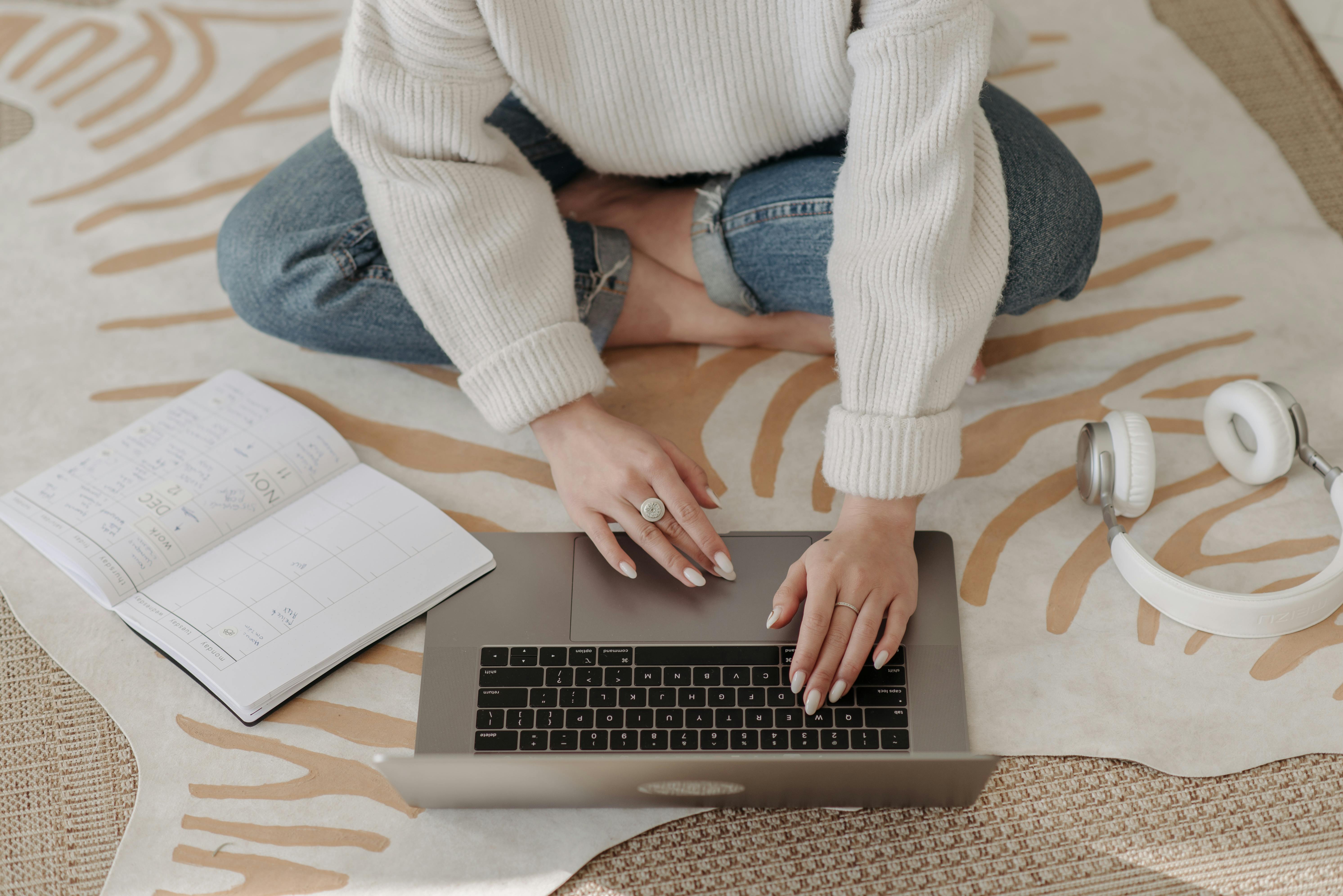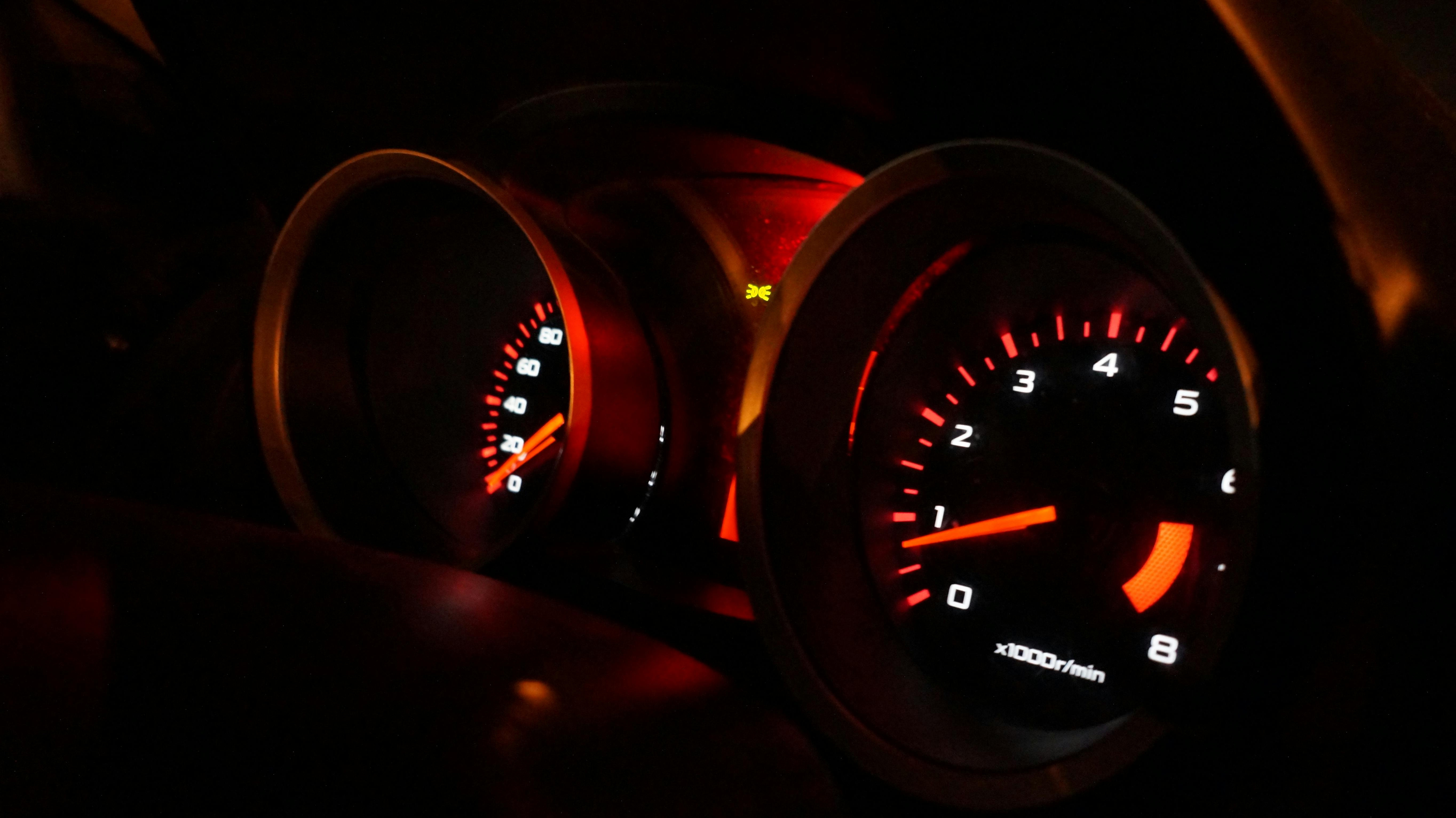We have all seen contemporary artists in action. We have seen them splatter paint on giant canvases. But there is another way to make great art. And that’s through rigor of practice and perfect finger control. In the world of traditional artists, practice distinguishes the best from the rest. With eyes that can barely see and with the strength of their fragile fingers, the previous generation of indigenous artists create an art that simply seduces perfectionists.
Patachitra’s art has been around for a long time. However, the alienation of indigenous art forms has made it difficult for the enthusiast to learn about the techniques and methods that produce a great Patachitra. On the contrary, some of the traditional techniques require updating to the latest materials and tools available. In order to understand how authentic Patachitra is made, I traveled to Raghurajpur in Orissa to see some of Patachitra’s best artists first hand.
So how do you make good Patachitra? There are a number of steps in the traditional style. The first is, of course, the preparation of the necessary materials for painting. Tamarind seeds are soaked in water in a clay pot and then boiled to make a gummy solution. Rice powder can be added to give the canvas a stiffer feel. This process known as ‘Niryas Kalpa’ takes a few days.
After this, two pieces of cotton cloth of the same dimensions are selected and glued using this solution. This forms the ‘Leg’ or the base canvas for the painting. Chalk, clay or stone powder is then mixed with the tamarind solution and applied to both sides of the canvas to give it a semi-absorbent surface layer. Once the canvas has dried, it is first polished with coarse grain and then with polished stones to give it a smooth surface. The polishing process involves many hours of careful work. The result is a canvas with high tensile strength and an excellent surface layer for the intricate lines to be made on it.
‘Chitrakarita’ or the painting process begins once the canvas has been polished. The first step called ‘pahili ranga bhara’, consists of painting a red background and the edges and contours of the composition. Then the central solid colors are painted. The main colors used are red, brick red, yellow, white and lamp black. Many different types of brushes are used to make the different details in the painting. For fine lines, brushes made from rat or mongoose hair are used. For thicker lines, buffalo hair is the traditional choice. Kiya plants have been used to make the boldest lines, in the past. However, in recent years some of the artists have started using standard paint brushes made from synthetic materials.
The painting is finished with a coat of lacquer, applied with a soft cloth. After the lacquer has completely dried, the edges are trimmed to the decorative edge. The lacquer coat is called ‘jausala’ and it is glazed in the final step. In earlier times, the lacquer coating was made by sprinkling powdered resin over the paint and then holding it down with a hot sandbag. Synthetic varnish has been used as a substitute in recent times with mixed results. One consequence of varnish is the brown tint of paint.
In the past, the subjects of Patachitra’s paintings belonged to some important categories
- Images of the god Jagannath
- Hindu epics and epics, especially “Krishna Leela”
- Folklore stories
- Adoration of various gods and goddesses.
- Animal and bird themes
- Erotic themes
In recent times, modern themes have begun to appear in these paintings, even including themes from other religions. However, the newer themes are mostly secular and focus on modern day events and stories. However, the renderings are not uniform and the structure of the paintings can vary from circular paintings to long rectangular panels.
The Patachitra artist also paints in a variety of mediums besides ‘Pata’. ‘Talapatachitra’ is a variation of the style made from dried palm leaves sewn together to make a canvas. The design in this technique is made mainly with a needle head and is engraved on the surface of the dried leaves. This is an extremely difficult and time-consuming process that requires many hours of concentration at a time. Older artists develop eye problems mainly due to the extremely detailed designs they make with this technique.
Other media that have been used are wooden boxes, tassar silk clothing, coconut shells, wooden doors and panels, and even traditional playing cards called ‘Ganjifa’. The compendiums of mythological stories called ‘Chitra-pothies’ are made of many paintings of palm leaves stacked between decorated wooden covers and supported by ropes or silk threads. These make interesting and memorable gifts, especially desired by discerning tourists visiting the state of Orissa.
In a subsequent article, we will examine how a good frame differs from a medium one. Also in the letters is an in-depth look at the lives of the Patachitra artists and the difficulties that have caused most of them to abandon this delightful art form.




Recent Comments